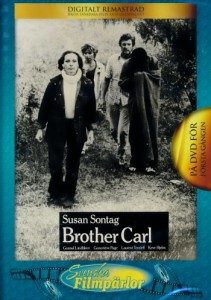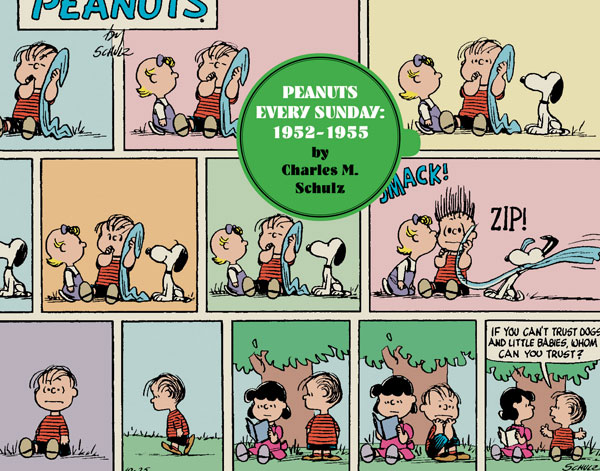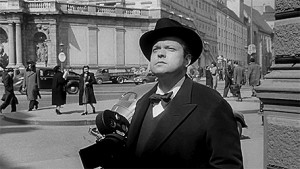From the Chicago Reader (November 1, 1992). Too bad that this hasn’t been made widely available either online or on disc–although I’ve just discovered that a Swedish DVD exists (see below). I much prefer it to Sontag’s previous feature, Duet for Cannibals, which recently came out in both formats. — J.R.

Susan Sontag’s seldom-seen second feature — filmed in Sweden like her first (Duet for Cannibals) but in English and with a cast of Swedish and French actors — shows the influence of Bergman’s Persona, Dreyer’s Ordet, and Whale’s Frankenstein as it depicts two tortured relationships, a suicide, and a miracle. The major characters include an unhappily married couple, a mainly mute former dancer (Laurent Terzieff) who occasionally suggests Nijinsky, and an autistic child. The results can’t exactly be called the work of a natural filmmaker, but they’re fascinating for anyone interested in following the themes and formal concerns of Sontag’s fiction as well as some of her essays, including “On Silence”. This is no masterpiece, but it certainly deserves more attention than it’s received (1971). (JR)
 Read more
Read more
Gary Groth of Fantagraphics Books commissioned me to write this Introduction to the first volume of Charles Schulz’s Sunday color strips of Peanuts, covering the early 1950s, which was published in November 2013. — J.R.

“…I’ve made a lot of mistakes down through the years doing things I
never should have done. But fortunately, in a comic strip, yesterday
doesn’t mean anything. The only thing that matters is today and tomorrow.”
— Charles Schultz to Gary Groth (“At 3 O’clock in the Morning,”
Comics Journal #200, December 1997)
It was one thing to read Sunday color Peanuts comic strips from 1952 to 1955 at the rate of one per week, when they came out — and not only because they would have wound up in the trash like the rest of the Sunday paper, long before my brothers and I went to sleep that night. And it’s quite another thing to read them all today, piled together in the present volume, one after the other, seven or eight panels at a time, as if they’re the successive chapters of an ongoing serial — or maybe just the latest portions of an endless white picket fence that stretches towards some version of infinity or eternity (or at least roughly half a century of dependable continuity, in any case). Read more
Published in the Spanish newspaper El mundo as “El maverick impredecible” on May 1, 2015. — J.R.


Having some historical perspective on changing fashions in film taste is never easy, but it becomes necessary if one is to understand the fluctuating meanings of the career of Orson Welles. Just as one needs to recall a time in the early 20th century when the crime serials of Louis Feuillade such as Fantomas and Les Vampires were regarded with utter scorn by sophisticated cinephiles, and a time in the mid-20th century when Alfred Hitchcock was still considered an entertainer but not an artist, we have to consider that during the half-century constituting the career of Orson Welles, his audience swerved repeatedly back and forth between regarding him as a mainstream star and viewing him as an esoteric artist. Although the tendency to see him as a maverick has been constant, the issue of where he belongs as a maverick has never been entirely resolved.

Even before Citizen Kane, when at age 23 he appeared on the cover of Time magazine (1938) for his work in theater and as a radio actor, and shortly before he began a weekly radio series of his own, he already had the profile of a boy genius full of imagination and mischief, a reputation that was only enhanced about half a year later when he fooled part of his radio audience into believing, through an unorthodox adaptation of H.G. Read more






